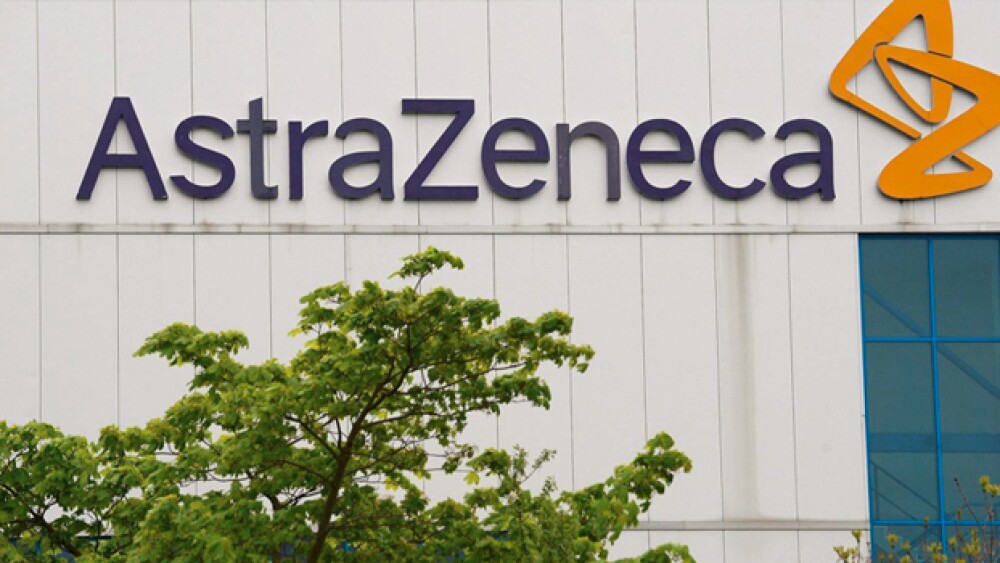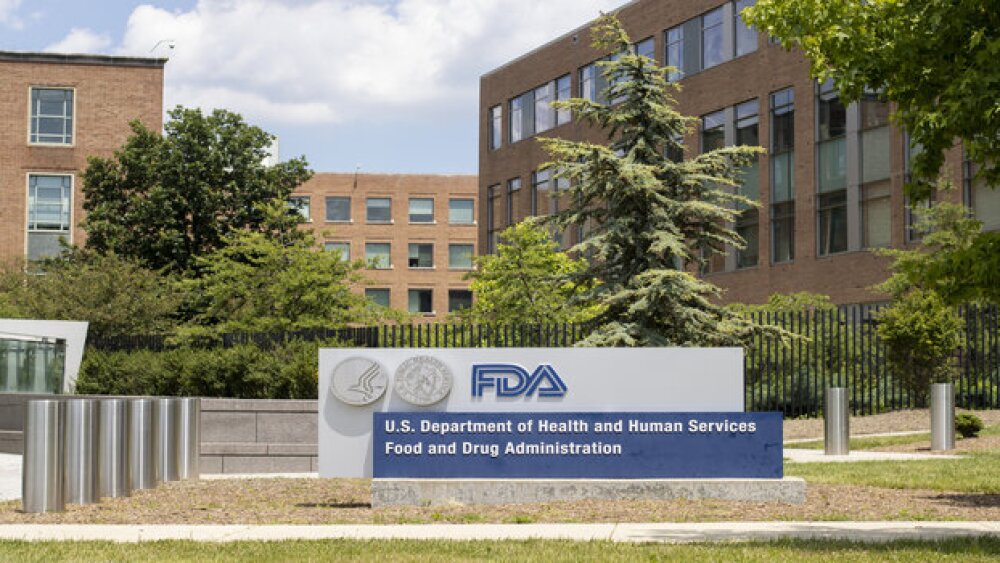AstraZeneca’s second-quarter report had a mix of good news and bad news. On the good news side, oncology sales rocketed 37 percent, with strong sales of Lynparza, Tagrisso and Imfinzi. On the bad news side, the company’s selumetinib failed another clinical trial.
AstraZeneca’s second-quarter report had a mix of good news and bad news. On the good news side, oncology sales rocketed 37 percent, with strong sales of Lynparza, Tagrisso and Imfinzi. On the bad news side, the company’s selumetinib failed another clinical trial.
About two years ago, AstraZeneca picked up Orphan Drug designation for selumetinib, a MEK 1 and 2 inhibitor for thyroid cancer. In August 2016, the drug failed to show improvement in progression-free survival or overall survival in patients with KRAS mutation-positive non-small cell lung cancer (NSCLC). A year before that it failed in a late-stage trial in combination with dacarbazine in metastatic uveal melanoma.
As part of the quarterly report, the company indicated that selumetinib did not meet its primary endpoint in thyroid cancer. It has also been removed from Phase III.
FierceBiotech noted, “The drug was licensed by AstraZeneca from Array BioPharma, but there have been some legal spats over money. Array, an AstraZeneca partner since 2003, says the Cambridge, U.K-based drug giant has refused to pay royalties on selumetinib, a drug it invented and licensed to AstraZeneca. Under a 2003 licensing deal, Array said earlier this year that it’s owed 12 percent of the proceeds AstraZeneca receives when it sublicenses selumetinib to other companies. In this case, the Colorado biotech is arguing AstraZeneca breached its contract and must pay $192 million based off the $1.6 billion upfront payment from Merck it made last summer, which included work on the MEK 1 and 2 inhibitor.”
Selumetinib is still in clinical trials for neurofibromatosis 1 and in early-stage trials with other drugs.
As for Lynparza, Tagrisso and Imfinzi alone drove the company’s oncology sales up 42 percent to $2.66 billion. But overall sales for the company dropped 5 percent to $10.33 billion, largely because of generic competition to its Crestor cholesterol drug sales in Europe and Japan.
Other drugs in the company’s portfolio did well, including its antiplatelet drug Brilinta, which rose 18 percent to $609 million, Farxiga for diabetes, which rose 36 percent to $639 million, and Fasenra for asthma, although overall respiratory sales for the first half of the year were stagnant at $2.41 billion.
PMLive noted, “AstraZeneca’s decision to price IL-5 inhibitor Fasenra below rival products from GlaxoSmithKline and Teva seems to have helped get the drug moving quickly with sales reaching $86 million in the first half and $65 million in the second quarter, although its recent failure in chronic obstructive pulmonary disease (COPD) has dramatically lowered the ceiling on peak sales.”
Total revenue for the quarter was $5.155 billion and for the first half of the year, $10.333 billion. Operating expenses for the quarter were $3.997 billion and for the first half, $7.814 billion. The earnings per share (EPS) for the quarter were $0.27, and for the half, $0.54.
In a statement, AstraZeneca’s chief executive officer Pascal Soriot said the company’s “rich pipeline and sharp commercial focus make us confident that we have in place the right conditions for our return to growth this year.”





